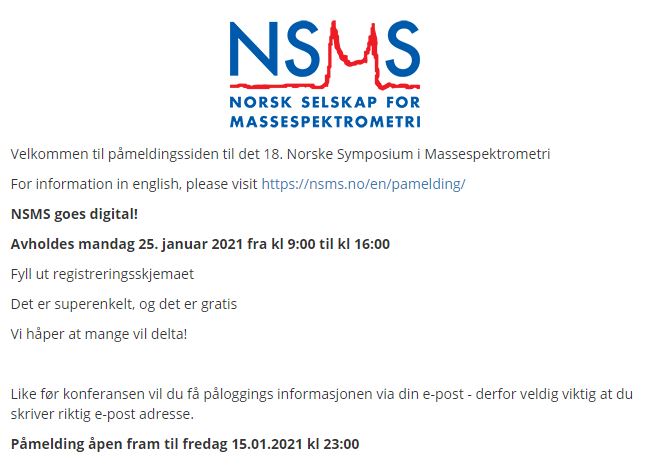Abstract from Chemalys
Uncovering hidden compositional changes in breath profiles using untargeted chemometric workflows
Jan Nordin1, Laura McGregor2, David Bowman3, Anthony Buchanan1 and Bob Green2
1Chemalys, Dalarö, Sweden
2SepSolve Analytical, 4 Swan Court, Hampton, Peterborough, UK
3SepSolve Analytical, 826 King Street, Waterloo, Ontario, Canada
Volatile organic compounds (VOCs) emitted in breath have great potential for use in non-invasive disease diagnosis. This is largely due to the discovery of so-called ‘biomarkers’, which provide indicators of normal or abnormal states.
In large scale clinical trials, hundreds of samples may be collected across multiple sites (e.g. clinics or hospitals) over the course of many weeks. During this biomarker discovery phase, an incorrect identification can compromise the validity of an entire trial, meaning that both robust analytical techniques and confident data mining are required.
Thermal desorption (TD) coupled with GC–MS is known as the ‘gold standard’ for breath analysis, due to its ability to capture a complete breath profile with high sensitivity. Here, we combine TD with advanced separation and detection by GC×GC–TOF MS to gain greater insight into sample composition.
However, data acquisition is just the beginning – the information-rich chromatograms must then be transformed into meaningful results. Here, we demonstrate the use of a powerful data mining and chemometrics platform to automatically find the significant differences in complex datasets and to create statistical models to predict the class of future samples.
Firstly, chromatographic alignment accounts for retention time drift over the course of the study and minimises the risk of false hits. Next, feature discovery is performed on the raw data to find significant changes across sample classes. In metabolomics matrices, the diagnostic compounds are rarely of high abundance - by adopting a raw data approach, trace peaks are not overlooked. Additionally, the use of raw data enables automated workflows to be adopted, minimising laborious pre-processing steps and speeding up analytical workflows.
We will demonstrate how these innovative tools can allow automated untargeted workflows to be adopted, minimising laborious pre-processing steps and accelerating analytical workflows.
